

|


|
Tamiya JGSDF Type 10 Tank - RTR - # 23699
|
Released by Tamiya in 2015, the Japan Ground Self Defence Force Type 10 Tank (# 23699) is the Factory Finished, Limited Edition RTR version.
A front-mounted double gearbox, incorporating 3 gear type differentials, with two electric motors, operate together or individually to produce forward/reverse running and pivot turning. Metal torsion bars and suspension arms combine with the wide tracks to smoothly absorb bumps and dips in the terrain and provide high manoeuvrability. In addition, realistic engine sounds accompany the tank as it starts up, drives and stops to idle. The main gun can be elevated, depressed and swung to the left and right.
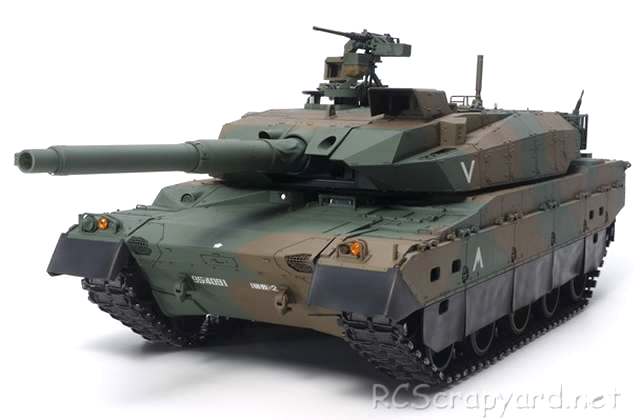
The Type 10, was the high-tech modern addition to the Japan Ground Self Defence Force (JGSDF) and was loaded with state-of-the-art features such as a newly-designed 120mm smooth-bore main gun and modular armor. It was built to a relatively small and lightweight design for suitability of use in the mountainous Japanese archipelago and offers excellent speed and manoeuvrability. Perhaps most importantly, it was also designed to be compatible with the modern C4I communications network system. Deployment commenced in 2012.
This model comes with metal bushings, that after a short while, when dust and grit get into them, can actually wear into the metal drive shafts that spin in them - we recommend these should be replaced by a full set of steel shielded ball bearings ASAP.
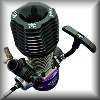
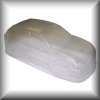
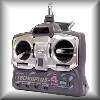
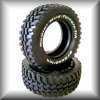
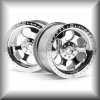
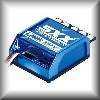
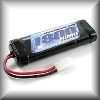
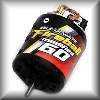
|
|
|

|
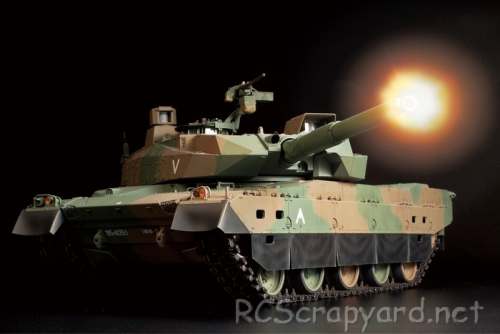
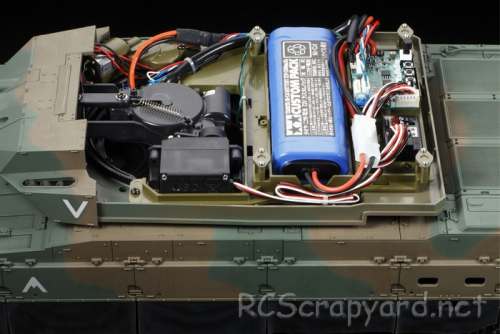
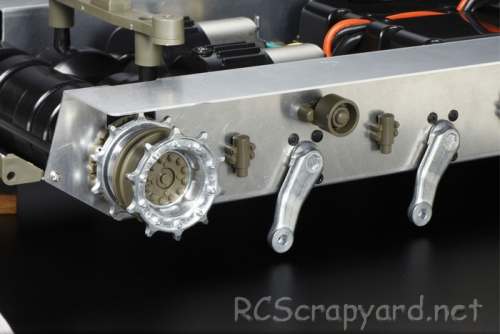
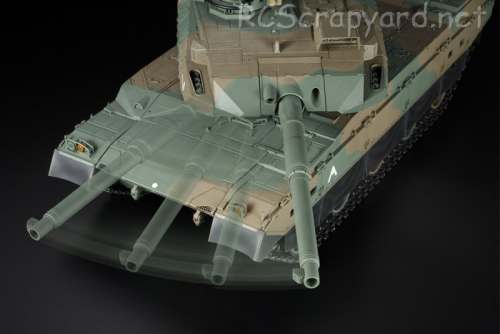
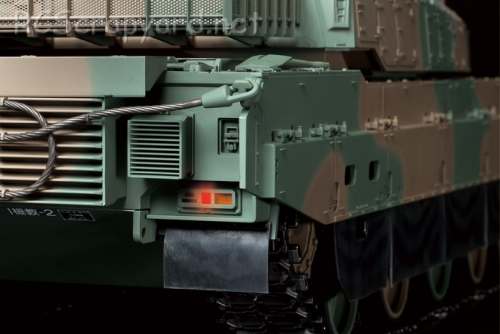
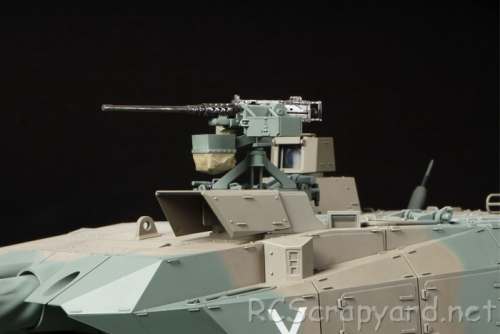
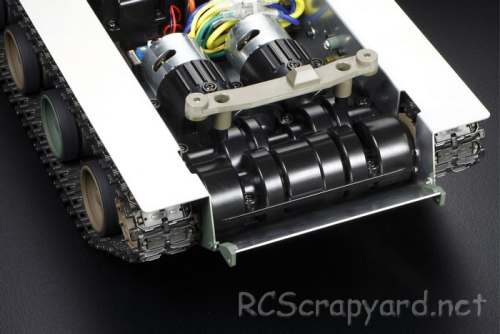
|
Hints, Tips and Information
How to avoid Radio Interference
1/ The first consideration when installing your Receiver into your Electrically Powered Model is to make sure it is well away from the Negative Battery terminal, and the Motor. The Magnetic field can cause stuttering type interference at times of high current draw (i.e., Fast Acceleration) |
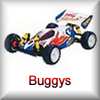
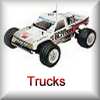
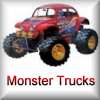
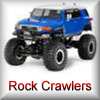
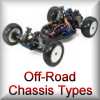
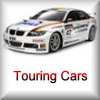
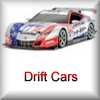
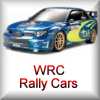
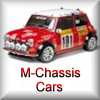
|
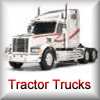
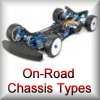
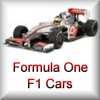
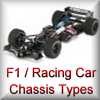
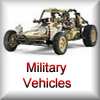
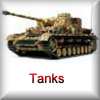
|
|
|
|
Hints, Tips and Information Electric Motors for RC ModelsWinds and Turns
Q/ What does 15x2 or 17x3 mean? |
Information and AdviceElectronic Speed ControllersHistory
ESC were originally developed to be used in conjunction with brushed 27T stock and modified motors in the late 1970s, early 1980s. Compared to modern day Controllers, they were Bulky and heavy, constructed using basic resistors, rheostats, capacitors and transistors, crammed together on a simple circuit board, to provide stepped but smooth acceleration when compared to the old mechanical, servo operated sweeper Speed Controllers. An Electronic Switch to change the direction of current flow was used on some of these early ESC to give reverse operation. Although they were a vast improvement on the old mechanical speedos of the time, they were expensive, jerky to control, and prone to burn out if not carefully looked after. |
|
RC Models:
|
Radio & Motors: |
Other
Accessories: |